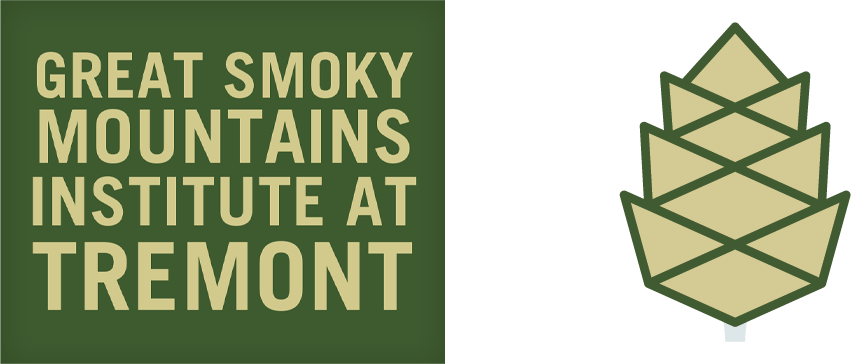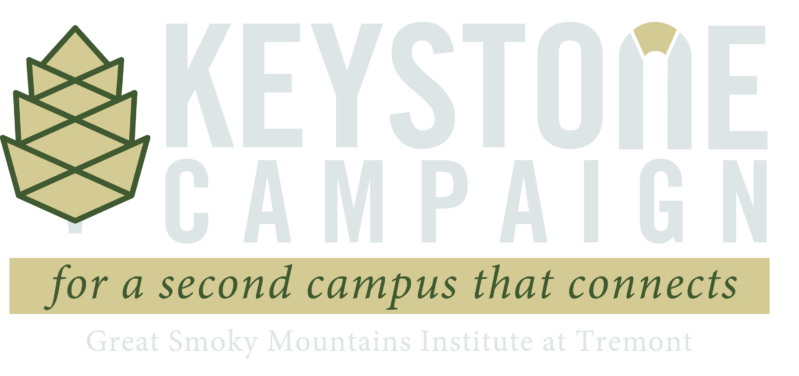THE MASTER PLAN
In 2019, we underwent a master planning process for our second campus, which resulted in a campus vision rooted in principles of ecological harmony, cultural heritage, and sustainability, and charted the path to Living Building Challenge certification for campus facilities. The pandemic caused us to pause these plans for a couple of years, but the vision cast in 2019 remains strong.
The second campus will be a state-of-the-art, regenerative campus that expands our programming capacity and types of audiences we serve, using forward-thinking technologies and innovative land management practices to inspire and empower people to build healthy connections to nature.
Regenerative features will form a closed-loop system where all energy, water, and waste-processing demands are met within campus boundaries. This will require creative partnerships to implement cutting-edge technologies – systems that are visible to guests whenever possible to increase learning opportunities.
In the long term, we intend to place over 75% of the land under a conservation easement to permanently protect the property from future development. This would ensure the preservation of wildlife habitats, diverse ecosystems, and natural resources for future generations to learn from and enjoy.
As we continue to refine our Phase One plan, details of the master plan – such as building capacity, site plans, and specific technologies – may be changed. Renderings and maps represent a high-level concept at the time of development.
PHASE ONE
Reaching our bold vision will take time, and we are making progress. Starting with Phase One, we have designed indoor and outdoor education spaces to serve daily visitors, overnight school groups, and adult retreats in groups of various sizes. The flexibility allows us to meet the individual needs of each group, providing unique learning opportunities for all.
Campus features include:
- A central gathering building that includes classrooms, a conference space, a commercial kitchen, and a dining hall for 100 people
- Two dorms with four rooms that sleep 8 (full occupancy at 64 people)
- Two dorms with six rooms that sleep 2 (full occupancy of 24 people)
- Multipurpose open-air structures including a pavilion and Council House
- Maintenance shop
- Staff housing (adaptive reuse of existing brick home with an additional unit)
- Parking, roads, electric vehicle charging stations
- Land improvements for agriculture, forest farming, and recreation
- Water treatment infrastructure for storm and wastewater systems
We have been practicing land management techniques, including hosting controlled burns in our open meadows to promote native grasses and plants. We have also developed trails and a campsite in the backcountry section, and have begun growing food.
“We are particularly excited about Tremont’s focus on using relevant and innovative technology to spark interest and engage a new generation of environmental stewards. The pursuit to make the world a better place through the development of their second campus strengthens our community and stewardship of our beloved National Park.”
— Cassius M. Cash, Superintendent,
Great Smoky Mountains National Park
CREATING A LIVING BUILDING
The future campus achieves the Living Building Challenge, which sets forth an ambitious set of requirements that doesn’t just do less bad for the environment, but actually restores the environment – one that generates more than it uses and promotes the responsible use of resources and materials, while demonstrating sustainable and equitable practices.
The Living Building Challenge requires that buildings address seven key focus areas: beauty, water, place, materials, energy, equity, and health & happiness. Learn more about each of these areas below.














